

Alerts
Lessons
Patterns
The cybersecurity landscape constantly evolves, and emerging threats present unpredictable challenges. From quantum hacking to bio-digital identity theft, future risks are no longer science fiction. Organizations must deploy advanced analytics and behavioral monitoring to preemptively detect anomalies. Zero-day exploits are becoming more sophisticated, and AI-generated attacks mimic human behavior with terrifying precision. Anticipation is key. Staying ahead requires stronger defenses, cross-industry intelligence sharing, and real-time threat hunting. The tools of the past are insufficient for tomorrow’s battles. Cybersecurity is now a game of prediction. The question isn’t if, but when. Are your systems ready to detect what doesn’t yet have a name?
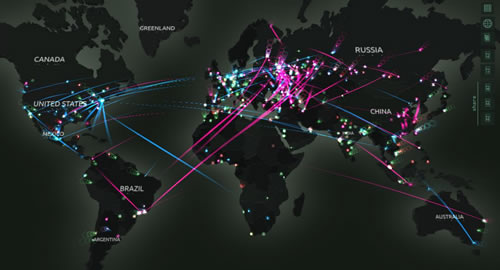
Real-world cyber incidents provide valuable insights into both failures and triumphs. Case studies expose vulnerabilities, reveal organizational missteps, and offer lessons no classroom can replicate. Examining breaches like the SolarWinds compromise or the Marriott data leak shows how even minor oversights lead to devastating consequences. These events highlight the need for adaptive security, layered defenses, and informed leadership. Case studies inspire innovation, reinforce the importance of cyber hygiene, and help forecast emerging risks. They allow us to turn past chaos into future strategy. Every breach has a backstory — and every backstory, if studied well, becomes a roadmap to resilience.

The future of digital investigations demands more than tools — it requires transformation. Automation, blockchain-based chain of custody, and AI-assisted forensics are redefining cyber investigations. Behavioral pattern recognition and language profiling now supplement traditional log analysis. As attackers erase digital trails, forensic experts must look deeper, connecting metadata, anomalies, and even emotional markers. Investigators are becoming multidisciplinary: data scientists, psychologists, and digital detectives. Evidence is everywhere, from memory dumps to social graphs. In this evolving battlefield, speed and accuracy matter most. Tomorrow’s investigator must outthink and outpace cybercriminals — and bring clarity from chaos when every second counts in digital courtrooms.
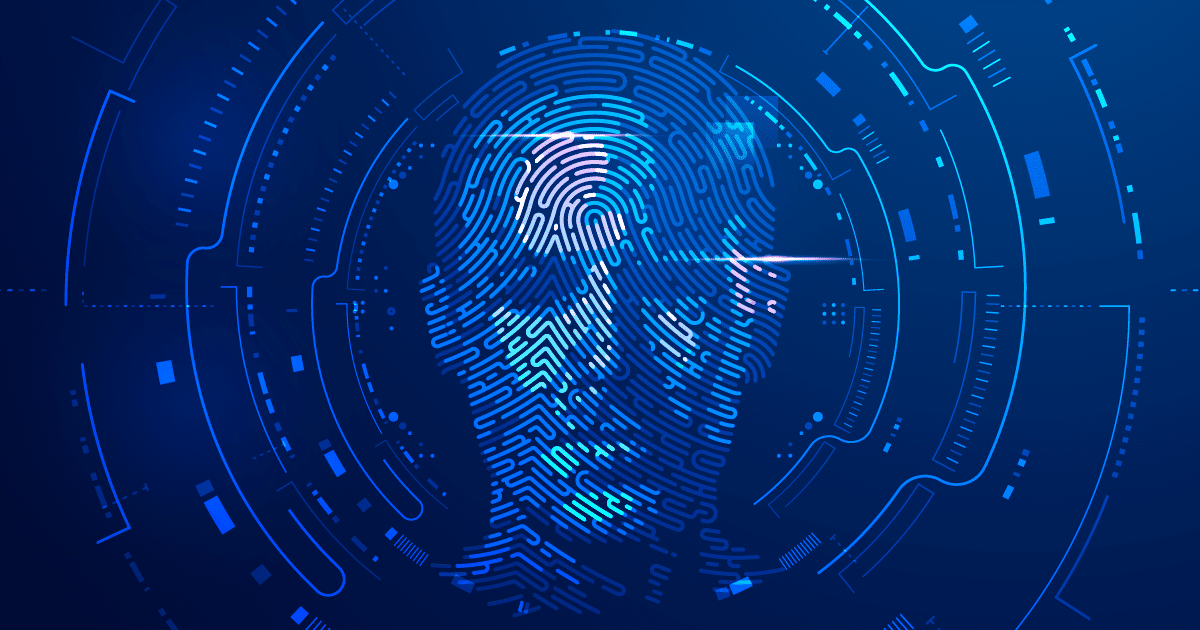
Counterfeiting today is no longer limited to products — it's digital, complex, and deeply embedded. From biometric spoofing to cloned firmware and malicious hardware, attackers exploit every blind spot. Fake IDs are now deepfakes, fake software now malware. As AI helps generate fakes, defenders must fight with equal sophistication. Blockchain, forensic watermarking, and AI verification help prove authenticity in a sea of forgery. Trust is currency — and it’s under siege. Defending authenticity is not just a technical challenge but a societal imperative. The war on counterfeiting is now being fought on screens, chips, and across global digital infrastructures in real time.

Global supply chains have transformed into digital ecosystems, with IoT sensors, smart contracts, and predictive analytics driving operations. However, these efficiencies come with increased exposure. Each connected device, vendor, or API introduces risk. Supply chain innovation must be matched by cybersecurity foresight. Verification, traceability, and anti-tamper mechanisms are no longer optional. Organizations now focus on self-healing architectures, encrypted provenance, and zero-trust principles for all tiers. The weakest link can undo years of innovation. Security must be embedded from design to delivery. In a hyperconnected world, protecting supply chains is about preserving trust, resilience, and the very backbone of global commerce.
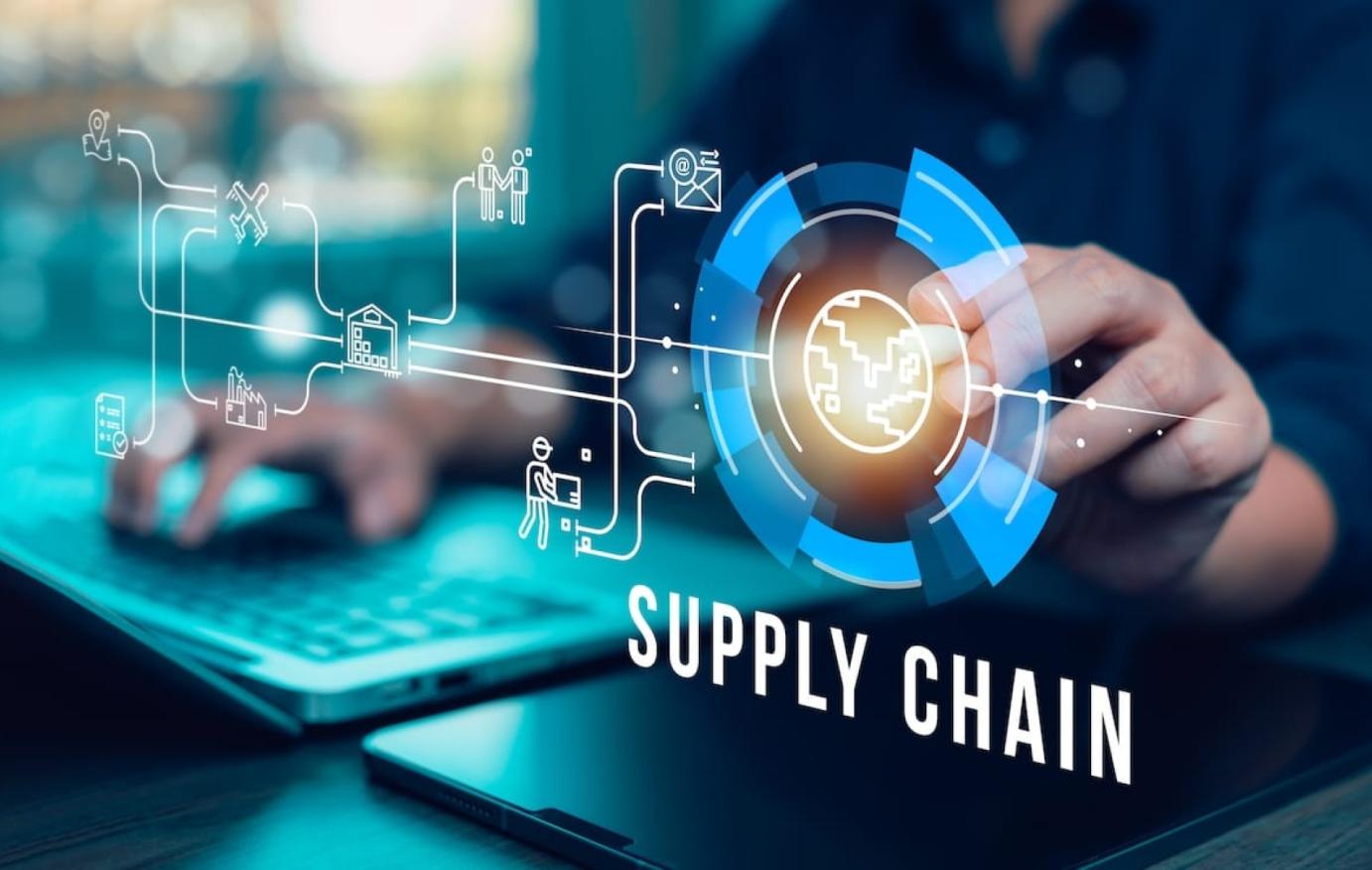
Cyber intelligence is the art of seeing danger before it strikes. It gathers data from threat actor behavior, geopolitical shifts, and underground chatter to create predictive insights. Passive defenses are outdated — proactive monitoring of open sources, darknet forums, and malware signatures offers early warning. Intelligence teams now integrate OSINT, SIGINT, and behavioral science. Automated engines sift through terabytes of chatter to expose hidden threats. The best defense is no longer a stronger wall — it's smarter eyes. In this digital arms race, foresight beats firepower. Cyber intelligence turns raw data into actionable decisions before attackers even knock on the door.

Policy and compliance are no longer static rulebooks. They are agile, adaptive frameworks required to keep pace with evolving threats and innovation. From GDPR to emerging AI governance, modern compliance touches every aspect of digital operation. Automated tools can monitor, enforce, and audit policies in real time. Yet interpretation, context, and cross-border complexity require human oversight. Compliance today involves collaboration across legal, IT, and operations. Failing to comply can lead to fines, reputation loss, and even criminal liability. As innovation accelerates, governance must be both anchor and engine — steady enough to guide, yet agile enough to not hold progress back.
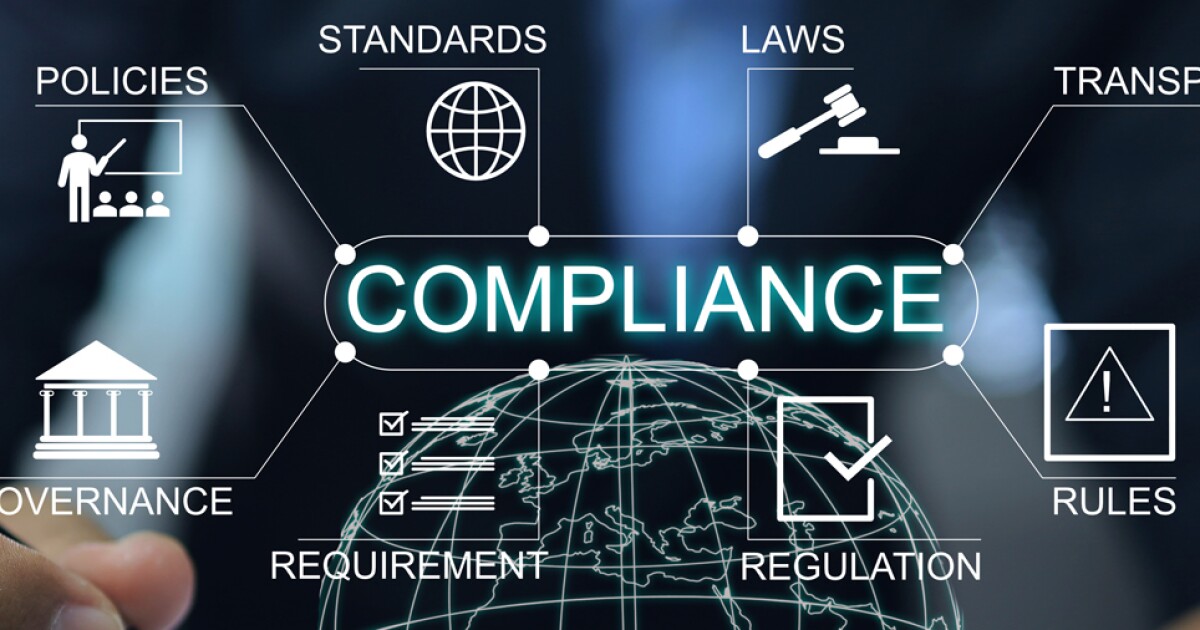
In today’s world, data is more than numbers — it's strategy. Smart decisions stem from timely, accurate, and contextualized data. Whether detecting cyber threats or optimizing operations, analytics tools powered by machine learning turn complex datasets into actionable insights. Dashboards now replace reports, showing real-time indicators that guide leadership. But not all data is equal. Quality, source credibility, and ethical handling define value. The future belongs to those who treat data not just as an asset, but a responsibility. Decision-making must move from instinct to insight. When handled right, data doesn't just inform decisions — it drives meaningful transformation at scale.

Africa presents a paradox of immense opportunity and structural risk. Political volatility, regulatory fragmentation, and infrastructure disparities challenge investors and innovators alike. Yet, the continent’s digital leap is undeniable. Fintech startups, blockchain use in agriculture, and e-learning platforms are rewriting the rules. Localized intelligence, cultural fluency, and adaptive strategy are key. Viewing Africa as a passive market is outdated — it is a collaborative frontier. Risk is not avoidance, but awareness. The leaders of tomorrow will partner, not extract. Navigating Africa requires not just vision, but humility, trust, and long-term commitment rooted in shared value and inclusive innovation frameworks.
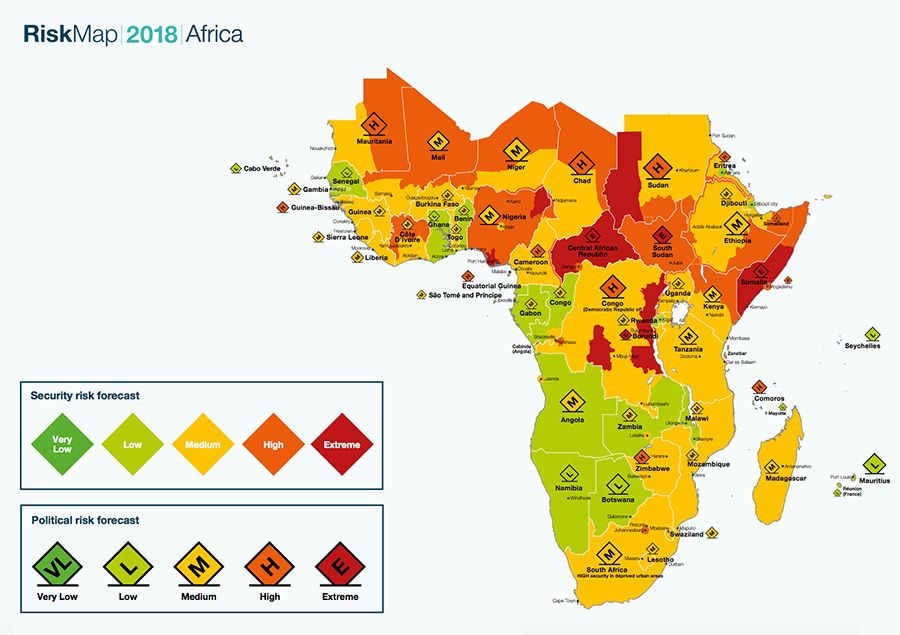
Thought leadership today is about influence with integrity. It's more than going viral — it’s about steering complex discussions with clarity and courage. In cybersecurity, AI, and digital ethics, thought leaders are expected to simplify the complex, forecast change, and lead by example. They must blend vision with data, storytelling with substance. It’s not about having all the answers, but asking the right questions. Real influence comes from trust earned over time. Leaders shape industry norms, mentor others, and challenge groupthink. In uncertain times, thought leadership provides not just direction, but reassurance. The future listens to those who speak wisely.
